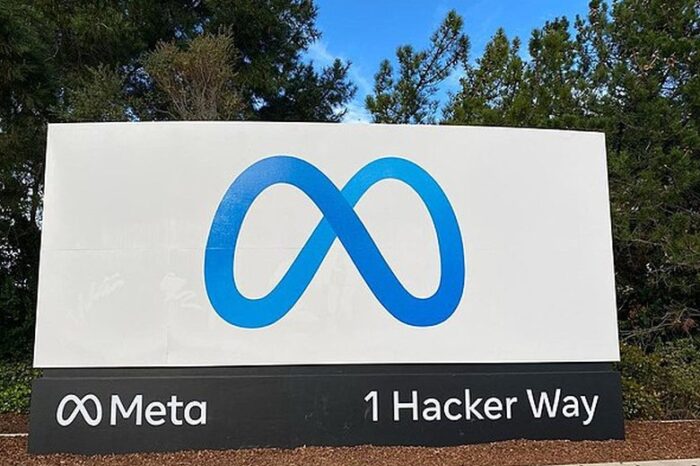Amazon layoffs hit engineers hardest as nearly 40% of cuts target technical roles amid AI shift

Amazon’s latest round of layoffs wasn’t just another cost-cutting move. It landed squarely on the shoulders of the people who once defined the company’s innovation engine: engineers. According to a CNBC report, citing state filings, Amazon’s mass layoffs announced last month hit engineering roles harder than any other job category.
The revelation came less than a month after Amazon announced over 14,000 job reductions, with impact stretched across nearly every part of its sprawling business. Cloud computing, devices, advertising, retail, grocery, and even gaming were all touched. Yet one group absorbed a disproportionate share of the cuts. Engineering roles accounted for nearly 40% of more than 4,700 terminations reported in state filings from New York, California, New Jersey, and Washington, Amazon’s home base, CNBC reported.
Those figures surfaced through Worker Adjustment and Retraining Notification filings submitted to state agencies. They represent only a portion of the overall layoffs tied to October’s announcement, as reporting standards vary by state, and some filings were still pending at the time of disclosure.
This was the steepest workforce reduction in Amazon’s 31-year history. It also placed the company alongside a growing list of tech firms that have aggressively cut jobs since 2022. Across the industry, almost 113,000 positions have been eliminated at 231 technology companies, according to Layoffs.fyi, even as many of those businesses sit on strong cash reserves and post healthy profits.
CEO Andy Jassy has spent the last several years focused on reshaping Amazon’s internal structure. His goal has been to strip away layers of management and reduce bureaucracy, pushing the company to behave more like “the world’s largest startup.” That mindset is now translating into deeply visible changes for the workforce, particularly those in technical roles.
Meanwhile, CNBC reported early this month that more reductions could be coming soon. Amazon is expected to carry out another wave of job cuts in January.
The company has made clear it is redirecting resources toward artificial intelligence investments. At the same time, leaders insist that AI is not the primary driver behind these layoffs. In June, Jassy said he expects Amazon’s corporate headcount to shrink over time as AI improves efficiency across internal operations.
Human resources chief Beth Galetti addressed that shift in her memo to employees, highlighting the company’s direction and expectations moving forward.
“This generation of AI is the most transformative technology we’ve seen since the Internet, and it’s enabling companies to innovate much faster than ever before,” Galetti wrote. “We’re convinced that we need to be organized more leanly, with fewer layers and more ownership, to move as quickly as possible for our customers and business.”
Amazon followed up by stating that the bulk of the layoffs were aimed at reducing organizational drag and speeding up decision-making, rather than replacing workers with machines.
Jassy echoed that perspective during the company’s latest earnings call, pointing to a cultural issue fueled by years of aggressive hiring that left Amazon with “a lot more layers” and slower internal processes.
The cuts swept through multiple seniority levels within engineering. Mid-level SDE II roles were hit hardest, according to WARN data, alongside senior and principal engineers. Product managers and program managers were also affected, with more than 500 roles removed, representing over 10% of total reported reductions in the states where filings were available.
Outside of engineering and product, Amazon has spent the past few years scaling back projects that failed to gain traction or profitability. That includes its telehealth service, a kids’ video-calling device, a fitness wearable, and several physical retail experiments.
Even the company’s video game division did not escape. California filings show job cuts across Amazon’s studios in San Diego and Irvine. In a memo viewed by CNBC, Steve Boom, vice president of Audio, Twitch, and Games, unambiguously called out “significant role reductions” within those teams and the broader central publishing organization.
At the same time, the broader job market for software developers is tightening. AI-powered coding assistants and “vibe coding” platforms from firms like Cursor, OpenAI, and Cognition are changing how companies approach software creation. Amazon has entered that race with its own offering, Kiro.
For the thousands of engineers and technical workers affected, this round of layoffs marks more than a lost job. It signals a shift in how one of the world’s largest tech companies defines efficiency, productivity, and the future shape of its workforce.




